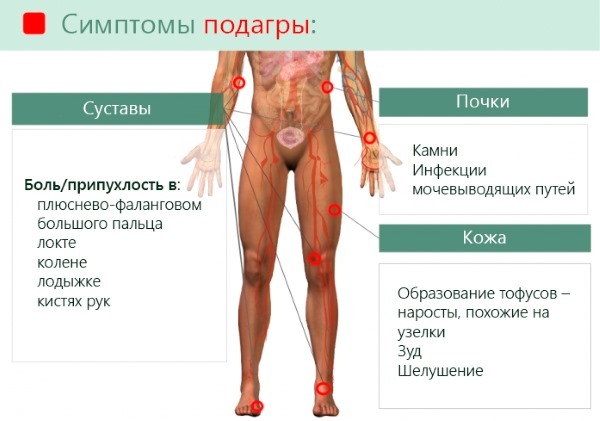Vertebrogenic form of cervicalgia is a fairly common pathology that affects mainly adults, but can also be diagnosed in children.
This condition often occurs in an acute form, which aggravates the symptoms, provokes complications and complicates treatment. Despite this, with the timely detection of signs of the disease, various consequences can be prevented.
Record content:
- 1 What is meant by vertebral cervicalgia?
- 2 Causes of pain syndrome in adults, children
- 3 Predisposing factors
- 4 Classification
- 5 Symptoms
- 6 Vertebral form of cervicalgia in children
- 7 Complications from disorders in the spinal column
- 8 Which doctor should I go to?
- 9 Diagnostics
-
10 Treatment
- 10.1 Conservative methods
-
11 Non-drug methods
- 11.1 Treatment of exacerbations
- 11.2 Surgical intervention
- 12 Folk remedies
- 13 Forecast
- 14 Video about cervicalgia
What is meant by vertebral cervicalgia?
A pathological condition is a disease characterized by the appearance of severe pain in the cervical spine, aggravated by movement. The condition can proceed in different forms, the severity of symptoms also differs in adults and children.
It is worth noting that pain can appear not only in the neck, but also in other parts of the spinal column. The disease is always secondary, that is, it develops against the background of other disorders of the spine.
Causes of pain syndrome in adults, children
In most cases, the pathology affects adults, but the risk of diagnosing it in children cannot be ruled out.
The most common causes of the violation:
- Osteochondrosis of various forms and severity. Symptoms of cervicalgia can also appear in the cervical spine.
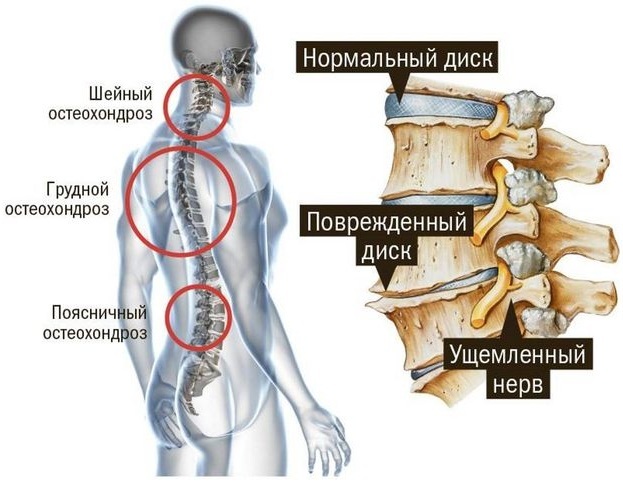
- Partial or complete protrusion of the intervertebral disc in the cervical or other region.
- Congenital or acquired curvatures of the spinal column most often provoke pain syndrome in children of preschool and school age.
- Osteoporosis, characterized by a decrease in bone density followed by displacement of the vertebrae.
- Acute and chronic sciatica.
- Pathologies from the carotid artery, provoking circulatory disorders and pain.
- Rheumatoid or classic arthritis with involvement of large articular joints. The first form can lead to cervicalgia in children, the second more often provokes pathology in adults.
- Neurological pathologies, accompanied by pinched nerve endings and impaired impulse delivery to tissues, muscles.
- Spinal injuries, in which cracks form in the vertebrae, serious fractures in one or more places.
- The formation of osteophytes, which are growths on the vertebrae that appear in various degenerative-dystrophic diseases.
In addition, serious and regular stress on the muscular system can lead to the development of cervicalgia in children and adults.
Predisposing factors
Vertebral cervicalgia is a fairly common disease that acts as a secondary condition. Some predisposing factors can aggravate symptoms or, under certain circumstances, trigger illness. These include the patient's professional activity, which involves a long and regular sitting in a sitting position.
In addition, such factors include excess weight, malnutrition and a tendency to pathologies of the spinal column. Frequent stress, hypothermia and improper body position during a night's sleep also leads to a deterioration in the condition of muscles, ligaments and vertebrae.
It is impossible to exclude improper nutrition, bad habits and constant overwork, which leads to a deterioration in the condition of the spinal column and internal organs. Experts draw the attention of patients to the fact that even diseases of the mediastinal or abdominal organs can lead to cervicalgia.
Classification
There are several classifications depending on the course of the disease and other features. The main pathology divides into acute and chronic. In the first case, the symptoms are very pronounced, significantly worsens the condition of the patients and provokes various complications. In the second case, the manifestations are mild, but patients regularly experience relapses of the disease.
In addition, cervicalgia can be vertebral and discogenic. The first is considered the result of a violation of the bone tissue of the vertebrae as a result of degenerative-dystrophic changes or other reasons. The second type is a consequence of a violation of the structure or even the integrity of the fibrous nucleus of the intervertebral disc.
Depending on the localization of the pain syndrome and tissue damage, several types of pathology are distinguished:
- Cervicocranialgia occurs with a predominant lesion of the vessels that supply blood to the brain.
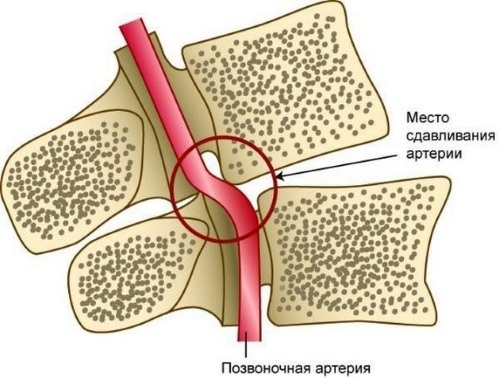
Vertebral cervicalgia due to compression of an artery - Cervicobrachialgia affects the tissues, blood vessels and muscles of the upper extremities.
- Cervicothoracolumbalgia is accompanied by disorders of the thoracic and lumbar spine.
- Cervicothoracalgia is characterized by manifestations in the neck, but pain can affect the chest area.
Experts also distinguish a complicated and uncomplicated form of a pathological condition. In the first case, disorders are observed not only from the side of the spinal column, but also from the side of the brain and internal organs. The uncomplicated form is considered less dangerous, rarely provokes complications, but also requires complex treatment.
Symptoms
Vertebral cervicalgia is a disease in which classic symptoms are almost always present, regardless of form or variety. At the initial stage, the pain is mild, there is muscle tension in the area of the affected spinal column.
With physical exertion, the pain increases, but decreases with rest. At an advanced stage, the pain syndrome increases not only with movement and load, but also with coughing, sneezing, and a sharp turn of the head.
As the pathological condition progresses, numbness of the upper or lower extremities, pain in the lower back, as well as the thoracic and cervical spine are noted.
It is difficult for the patient to perform common household manipulations, especially those that require concentration and precise movements. If the affected area is concentrated only in the area of the cervical spine, at the slightest turn of the head, the patient can hear a kind of crunch. This symptom speaks of the degenerative-dystrophic origin of the disease.
Among the most common symptoms are numbness and tingling of the skin around the face, head and neck. With extensive damage, discomfort extends to the chest, limbs. In addition, the muscles of the arms and legs become weak, trembling of the upper limbs is noted during exertion and at rest.
With cervicalgia of various forms, general symptoms are always present, manifested in the form of weakness, fatigue and severe headaches. In addition, fainting may develop, they are short-lived, but the suddenness of the development of symptoms can lead to injury. It is worth noting that headaches with the disease can be unilateral or bilateral.
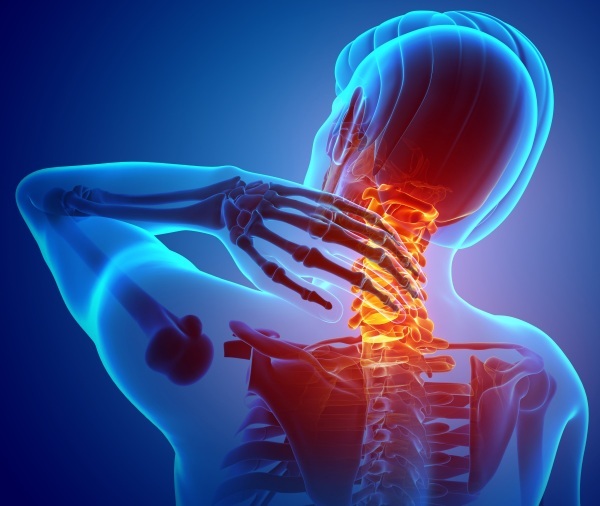
With the disease, a decrease in sleep, appetite and decreased performance is possible. Despite the presence of general manifestations, the most pronounced symptom is pain, as well as disorders of the muscles and skin.
Vertebral form of cervicalgia in children
In children, the disease is not as pronounced as in adults, but the symptoms are almost the same. It is worth remembering that in most cases the cause of the disease is the curvature of the spinal column of various shapes and degrees of neglect.
In this case, patients are worried about pain in the cervical, thoracic or lumbar spine. With prolonged stay in one position, there is an increase in pain. The main difference between the course of the disease in adults and children is the disappearance of pain in the latter when changing the position of the body and performing simple physical exercises.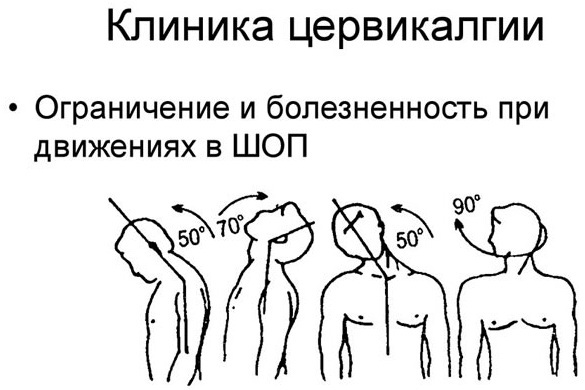
However, children may report rapid fatigue and decreased stamina, especially when playing sports. Quite rarely, schoolchildren are worried about severe headaches, dizziness and other disorders. If they are present, they disappear with physical activity.
Appetite disorders, fainting and other symptoms that are present in adults, children usually do not bother. Only with the aggravation of the underlying disease is the worsening of the course of cervicalgia possible.
Complications from disorders in the spinal column
The vertebral form of cervicalgia requires complex and correct treatment.
This condition almost always provokes complications in the absence of therapy:
- Disruption of cerebral circulation, which can lead to severe stroke.
- Deterioration of muscle fiber nutrition, muscle atrophy.
- Decreased physical strength and stamina.
- Disorders from the heart, blood vessels and abdominal organs.
- Chronic pain that does not respond to conventional analgesics.
- Impaired mobility of the limbs as a result of severe pinching of the nerve endings.
Only in severe cases, pathology provokes disability as a result of severe pinching of nerves and circulatory disorders.
Which doctor should I go to?
When symptoms of cervicalgia appear, you should immediately contact a neurologist who is treating such pathologies. Children are treated by a pediatric neurologist, but in the absence of such a narrow specialist in a particular locality, it is worth contacting a pediatrician.
Diagnostics
In the event of the appearance of symptoms of pathology, the doctor uses several methods that help not only to establish an accurate diagnosis, but also to determine the degree of tissue damage, as well as the localization of the focus.
The first method is a general examination and questioning of the patient. Doctors specify the time of the onset of the first symptoms, the degree of their severity and the conditions under which they occurred. Based on the patient's complaints, further examination is prescribed.
After the examination, a clinical and biochemical study of blood and urine is prescribed. As a result, an increase in the number of leukocytes and an increase in the erythrocyte sedimentation rate are possible.
The next stage of diagnosis is X-ray of the spinal column. It is possible to study only a single section of the spine or all of its sections, if the disease spreads to large areas.
Magnetic resonance imaging is used as an additional examination method when X-ray examination does not help to accurately determine the extent of tissue damage.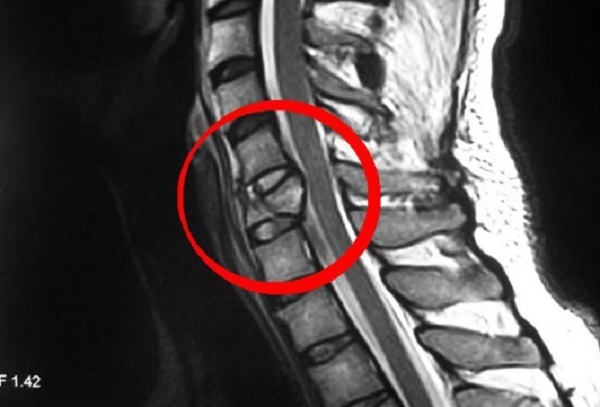
Ultrasound examination of the spinal column with simultaneous Doppler ultrasound helps to assess vascular patency and the specific localization of the lesion. Sometimes the diagnosis includes an ECG if the lesion affects the thoracic spine.
Based on the diagnostic data, the specialist establishes an accurate diagnosis and prescribes a comprehensive treatment for tissue restoration.
Treatment
Methods for treating a pathological condition do not differ depending on the form or variety. Despite this, in the acute stage, large dosages of medicines are used.
Conservative methods
Vertebral cervicalgia is a condition that, in the initial stages, responds well to conservative treatment. For children, such methods are not used, but for adults, medications are prescribed quite often. Only occasionally are children prescribed topical medications to relieve pain.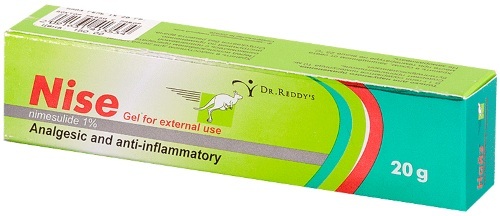
| Name of funds | Action and scheme of application | Contraindications |
| Naklofen | The drug has analgesic and anti-inflammatory properties, is used for severe pain syndrome that provokes other disorders. The course of therapy lasts 7 days, the patient receives daily intravenous drip of 200 ml of sodium chloride 0.9%, to which 3 ml of Naklofen was previously added. | The drug is contraindicated in pregnancy and lactation, children under 18 years of age, as well as patients who suffer from acute pathologies of the digestive tract. |
| Nise gel | An external agent that has cooling, analgesic and anti-inflammatory properties. It is used for adults and children from 2 years of age with severe pain of precise localization. The duration of treatment does not exceed 10 days. The gel is applied to the affected areas with a thin layer 2-3 times a day, depending on the severity of the manifestations. | The tool is not used for the treatment of pregnant and lactating women, patients suffering from chronic diseases of the skin in the stage of exacerbation. |
| Piracetam | A drug from the group of nootropics, which also improves the nutrition of brain tissues. It is prescribed for pathology, which is characterized by a predominant lesion of the cervical spine and blood vessels that feed the brain. The course of therapy lasts 2 weeks. During this period, the patient receives daily 10 ml of Piracetam intravenously in a stream after preliminary dilution with sodium chloride 0.9% in an amount of 10 ml. | The medication is contraindicated in case of allergy to its components, as well as during lactation and pregnancy. |
| Actovegin | A medicine for improving tissue nutrition, which is used to treat adults and children from 2 years of age. The agent can be administered intramuscularly in an amount of 2 ml per day, intravenously at 5-10 ml per day, or taken orally in the form of tablets, 1 piece 3 times a day. The course of treatment lasts at least 2 weeks. | The product is not used for allergies to its components. Tablets are not prescribed for children under 14 years of age. |
| Mydocalm | A centrally acting muscle relaxant that helps relax the muscles in the affected area, which relieves pain and prevents complications. The drug in the form of tablets or solution is prescribed only for adults. Tablets are taken before bedtime, 1 or 3 pieces, depending on the dosage of the active ingredient. The solution is injected intramuscularly, 1 ml in the evening. The duration of the course is 10 days. | The drug is contraindicated in children, pregnant and lactating women, patients who suffer from chronic muscle tissue pathologies. |
| Teraflex | Chondroprotector, prescribed for osteochondrosis and some other pathologies of degenerative-dystrophic origin. Used for adults, it should be taken for 2-3 months, depending on the severity of symptoms. The daily dosage is 2 tablets. | The tool is not used in the treatment of children under 18 years of age, lactating and pregnant women, patients with acute diseases of the digestive tract and kidneys. |
| Dexamethasone | A hormonal medication that is prescribed for adults with severe pain and lack of effect from the use of conventional analgesics and anti-inflammatory drugs. The solution is injected intramuscularly at 1-4 ml per day, depending on the severity of symptoms. The treatment lasts up to 10 days. | The medication is not recommended for use in case of intolerance to its components, severe hepatic and renal failure. |
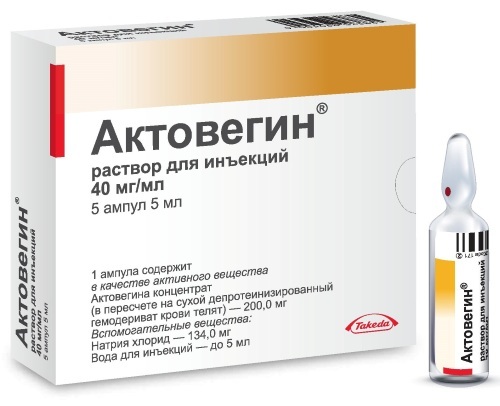
In each case, the conservative treatment regimen may differ depending on the degree of neglect of the condition. However, for adults, medication can usually help relieve the condition.
Non-drug methods
Conservative treatment is almost always complemented by other methods that help speed up tissue repair, normalize blood circulation in the affected area and prevent complications.
Children, on the other hand, are almost always prescribed only alternative methods that bring good results:
- Classic massage involves massaging the affected area, that is, soft tissues and muscles in the spine. It is carried out once every 2-3 days for 1 month. The method is effective in treating adults and children of different ages, the session lasts 20-45 minutes.
- Water massage - a type of massage that allows you to improve microcirculation in the affected area and relieve muscle spasm. Usually, the procedure is carried out in special rooms, and the massage is done with a jet of water with high pressure. The duration of the session is 5-10 minutes, it is carried out 3 times a week for a month. The procedure is indicated for different forms of pathology in adults and children.
-
Physiotherapy considered to be very effective. It is more often prescribed for children, but for adults it also helps to improve the condition of the tissues and the spine. Exercises are selected individually, and a session lasts 20 minutes. Classes are conducted under the supervision of a specialist in a special room.

- Electrophoresis - a method of physiotherapy, in which low-frequency currents are applied to the affected area after the electrodes are attached to the skin. The procedure is carried out 3 times a week. The course consists of 10-15 sessions, 15-20 minutes each. the method is approved for use in the therapy of adults and children.
- Magnetotherapy - Another method of physiotherapy, which involves the impact on the lesions of the magnetic field for 10-20 minutes. The procedure is carried out 2 times a week for a month.
- Manual therapy is indicated for adults, procedures are rarely performed for children. The essence of the manipulation is in the impact on the bones and soft tissues with the hands of a chiropractor in order to eliminate pain and improve blood circulation. The duration of the procedure and the number of sessions in each case is determined individually.
- Shants Collar - a type of neck brace that can be worn by patients suffering from severe pain or involuntarily moving their head. The duration of wearing depends on the disease and the doctor's recommendation.
- Acupuncture - a special procedure that improves tissue nutrition and stimulates their recovery by acting on biologically active points in the affected area using special needles. It is carried out only for adults and according to an individual scheme, depending on the course of the disease.
All techniques are not applied at the same time. As a rule, 1 or 2 methods are used, depending on the course of the disease.
Treatment of exacerbations
With an exacerbation of the condition, powerful medications are used. Usually, exacerbations are characteristic of adults.
The first aid scheme includes several means:
- Dexamethasone is injected intramuscularly, 2 ml 2 times a day.
- Ketorol is also administered intramuscularly, 1 ml, no more than 2 times a day.
- Sirdalud is prescribed 1-2 tablets per day.
- Pyridoxine is administered in 1 ml intramuscularly for 10 days.
- Cyanocobalamin is also injected into the muscle at 1 ml per day. The course lasts 10 days.
Such medications help to improve the condition and prevent complications against the background of severe pain. The first 3 remedies are used once in case of exacerbation of symptoms, and vitamins are prescribed in courses.
Surgical intervention
Surgical intervention is indicated for damage to blood vessels, nerve endings or complete rupture of the fibrous ring of the intervertebral disc. The operation involves the restoration of damaged tissue or replacement of the disc with a titanium implant. In addition, osteophytes, which compress nerve fibers, can be eliminated.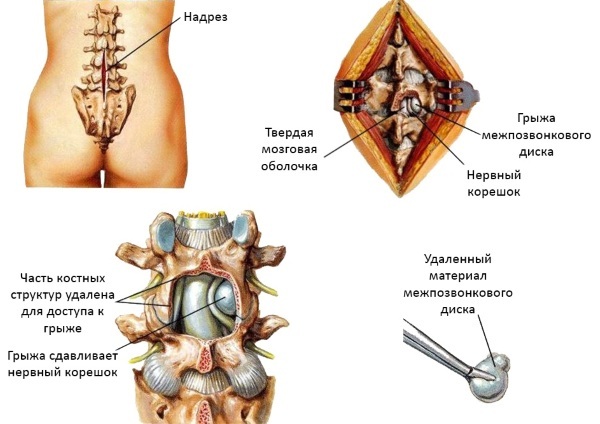
As a rule, the operation is performed for adults, children are only intervened in case of vertebral fractures or other serious injuries. The rehabilitation period after surgery is 2-4 months, depending on the extent of the manipulation.
Folk remedies
Vertebral cervicalgia is a pathology that cannot be cured with folk remedies. But it is quite possible to facilitate its course.
Most popular formulations:
- An infusion based on mint leaves, raspberries and calendula flowers is considered quite effective as it relieves pain and normalizes the patient's sleep. For 500 ml of boiling water, you should take 3 g of each ingredient, leave for 2 hours. Filter the resulting infusion, take 200 ml before bedtime. The course lasts 10 days.
- Massaging the affected area with a plastic bottle filled with warm water is also considered effective, improves blood circulation, and relieves pain. It should be carried out once a day for 10 minutes, preferably before bedtime. Repeat for 10-14 days in a row.
- Rubbing the affected area with alcohol tincture of propolis helps warm muscles, relieve pain and stimulates the restoration of normal blood circulation. You can prepare a tincture from 20 g of crushed propolis and 100 ml of alcohol, leave for 2 weeks. With the resulting product, rub the affected area before going to bed for 10 days in a row.
Folk remedies are not used in the treatment of children, since they can do more harm than good.
Forecast
With the timely initiation of treatment, the prognosis for patients is favorable. However, if the symptoms are ignored, the disease worsens, the risk of complications increases.
Only the right treatment helps to avoid such a development of events.
The vertebral form of cervicalgia can be diagnosed in an adult or a child. This condition is manifested by severe pain and other symptoms from the spine. With proper and timely treatment, the risk of complications is significantly reduced.
Video about cervicalgia
What is cervicalgia, symptoms and treatment:


